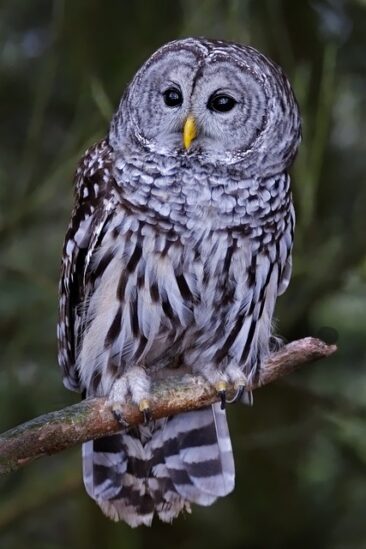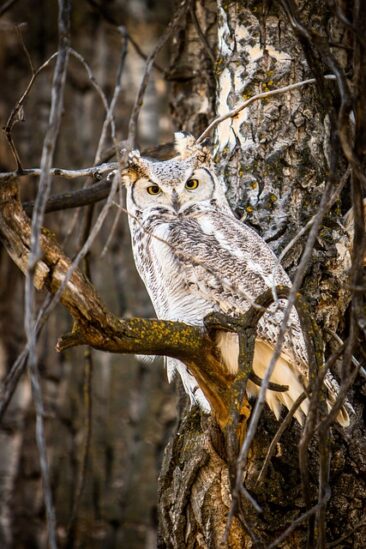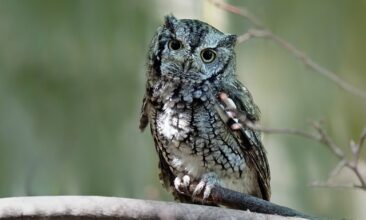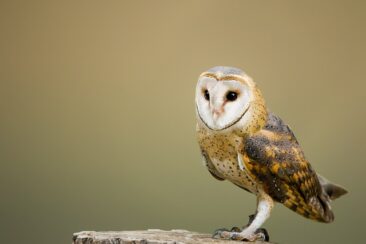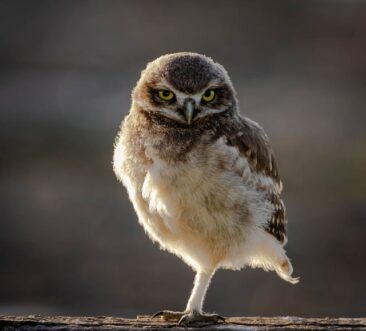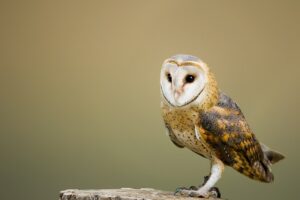
Greetings, readers. Today we learn about wise old owls, as we continue our series, Caring for Mother Nature, by my friend, author and naturalist, Peggy Sias Lantz (click her name to visit her website).
*** Be sure to check out the slideshow of owls at the end!
Hoot-Owls and Others
by Peggy Lantz
I am stealing a topic and some information from The Young Naturalist’s Guide to Florida that Wendy Hale and I wrote back in the Dark Ages (before computers).
About Owls
Owls are nocturnal, meaning they hunt at night. They have binocular vision, so they can see with both eyes together like humans, giving them depth perception. But they cannot “roll their eyes”, so to speak, moving their eyes from side to side to see things. They need to move their whole head to follow moving objects.
They can see very well in dim light, but cannot see in complete darkness. Their acute hearing, however, makes it possible to hunt by the sound of scurrying mice in the leaves.
They can fly absolutely silently. They never make the whirring noise that a Mourning Dove, for example, makes when it flies. An owl has soft, fringed edges to its wings, muffling the sound of air through its feathers.
Owls are predators, capturing the small animals of the night for food: mice, squirrels, rabbits, lizards, and snakes.
Five species of owls live in Florida, but we’re likely to see only three of them in Central Florida.
1. Barred Owls
I have a family of Barred Owls nesting somewhere on my property. Their nest used to belong to a Great Horned Owl family, but the Barred Owls ousted them and took over.
My first sight of the new family was two young owls, full-sized but with fuzzy topknots, sitting on a branch of an oak tree just outside my picture window. They stared at me and I smiled at them. Then they flew to the ground and drank from my birdbath and poked around in the grasses and leaves. After that, I saw them often and heard their parents “hoo-hoo-hoowah” in the evening and early morning.
2. The Great Horned Owl
The Great Horned Owl is the largest of our Florida owls, just under two feet tall, and is the so-called “hoot-owl”. Its call is a loud “hoot hoot”. If you hear two of them calling, the one with the lower voice is the female. The tufts of feathers that look like ears are not ears. Owls’ ears are on the side of their heads, like ours.
3. Eastern Screech Owl
The third owl in our central Florida area is the Eastern Screech Owl, the smallest of our Florida owls. They look very much like a Great Horned Owl, and are often thought to be baby Great Horned Owls. They are not and will not grow up. And I’ve never heard it screech. I’ve only heard it making a trilling sound, very quiet and lovely. And of course its prey is smaller animals, including insects.
4. Barn Owls
Barn Owls live in central Florida, but are rarely seen. They have heart-shaped faces.
5. Burrowing Owls
Burrowing Owls, our fifth Florida species, actually do burrow in the ground and live in their burrows, which they may have borrowed from a gopher tortoise or dug themselves. Their habitat is open pastures and fields and golf courses. They are diurnal, which means they are active during the day, and live mostly farther south than Central Florida.
—END—
Thanks for reading!
Your writer on the wing (no pun intended),
Charlene


